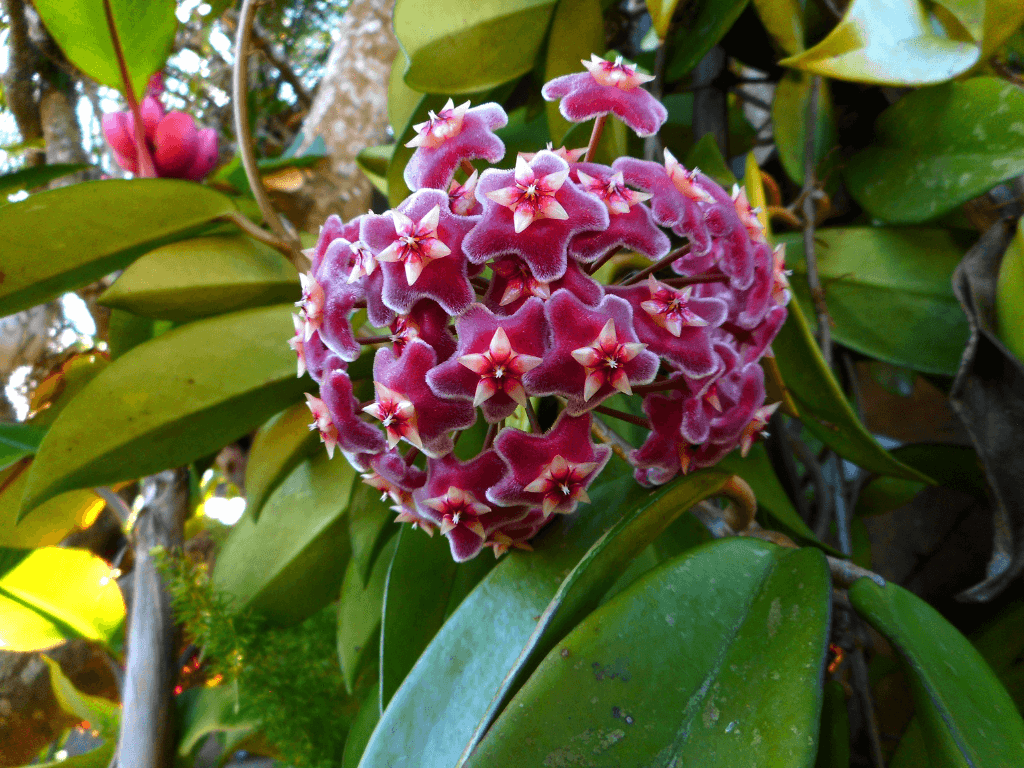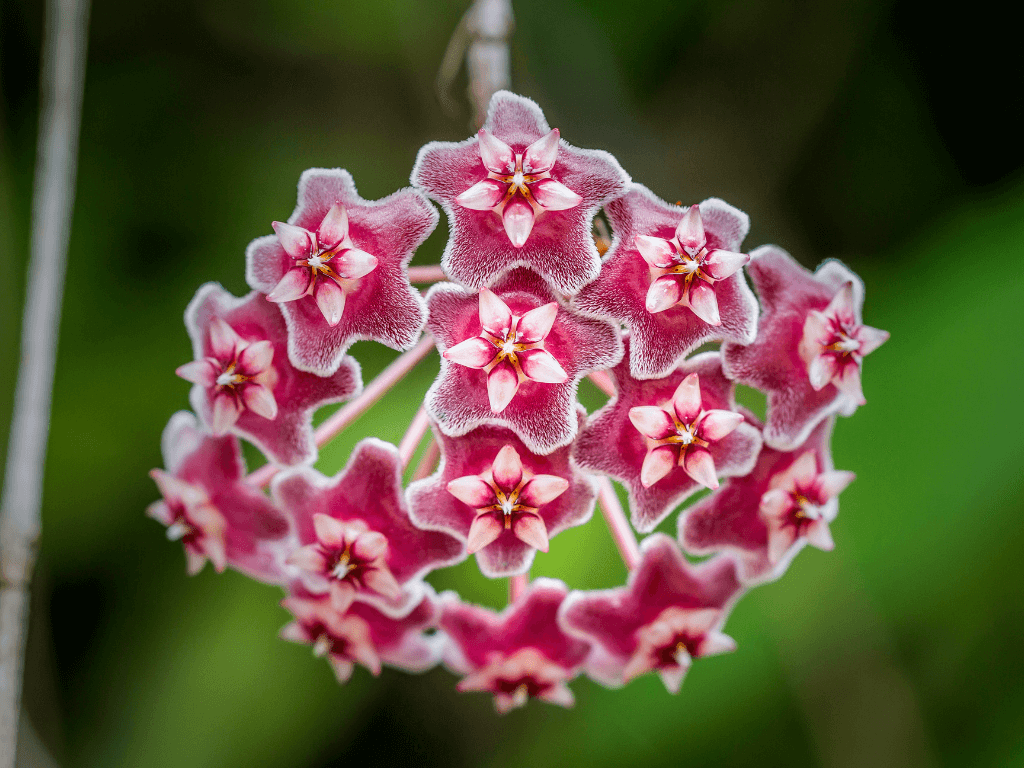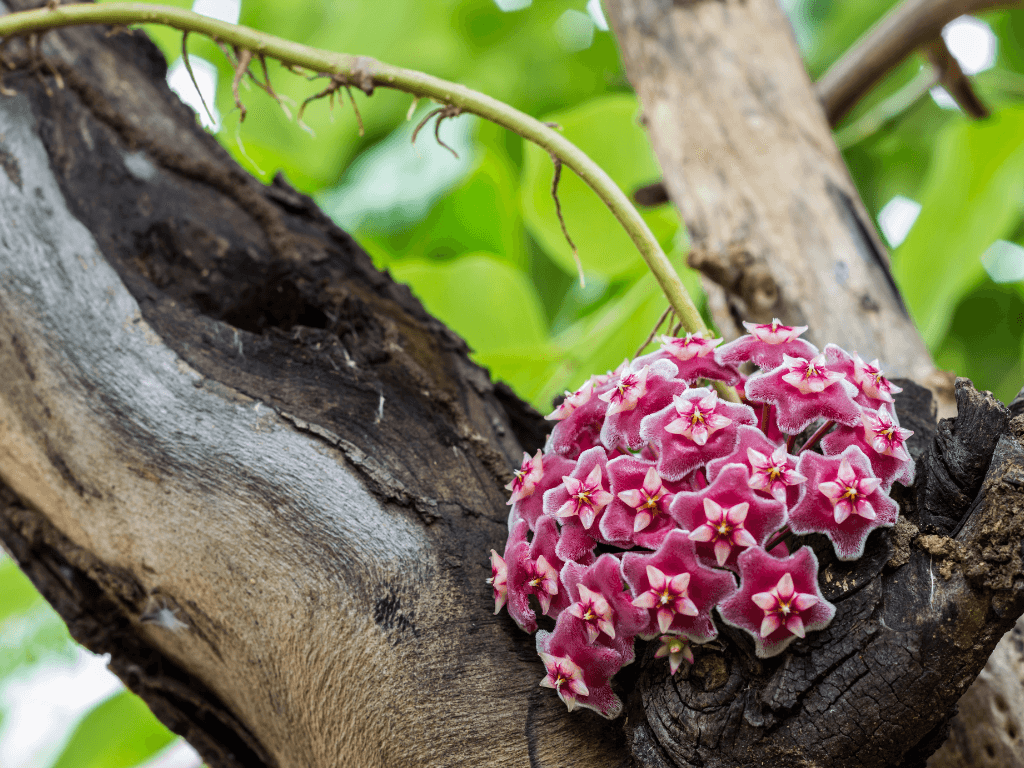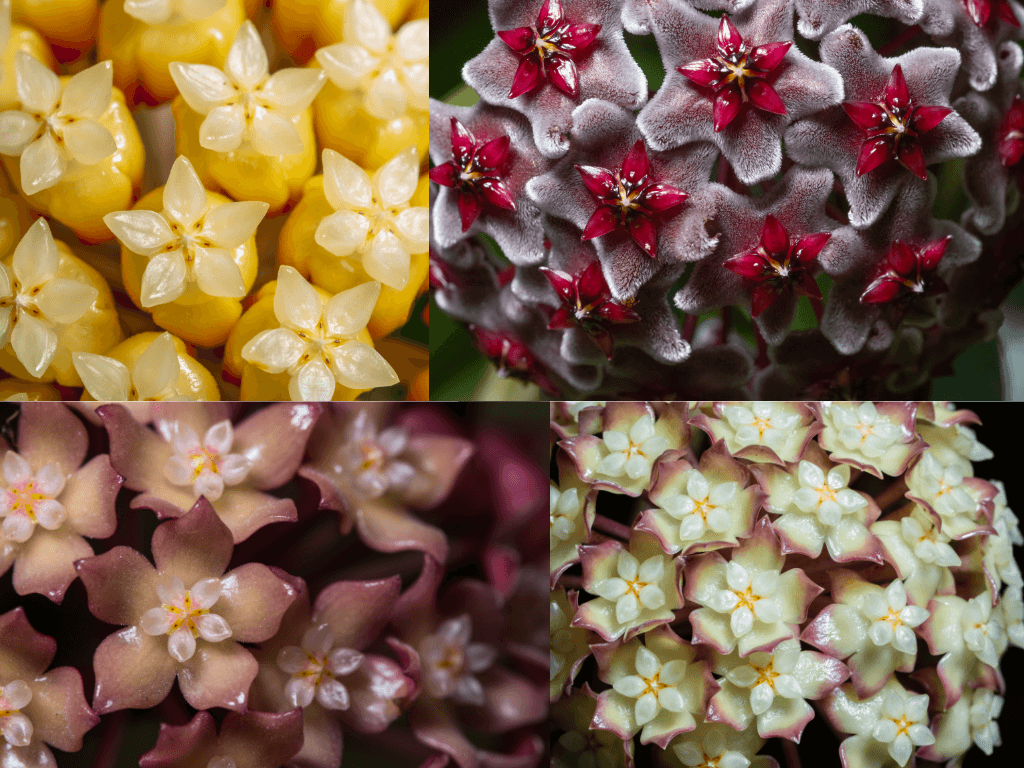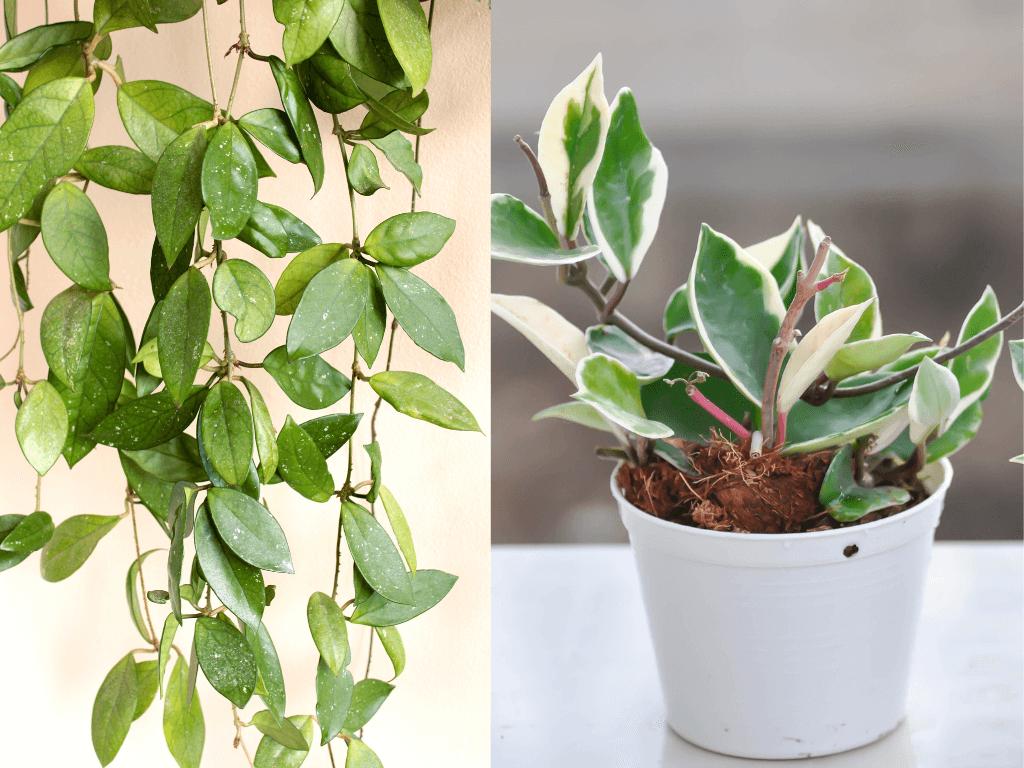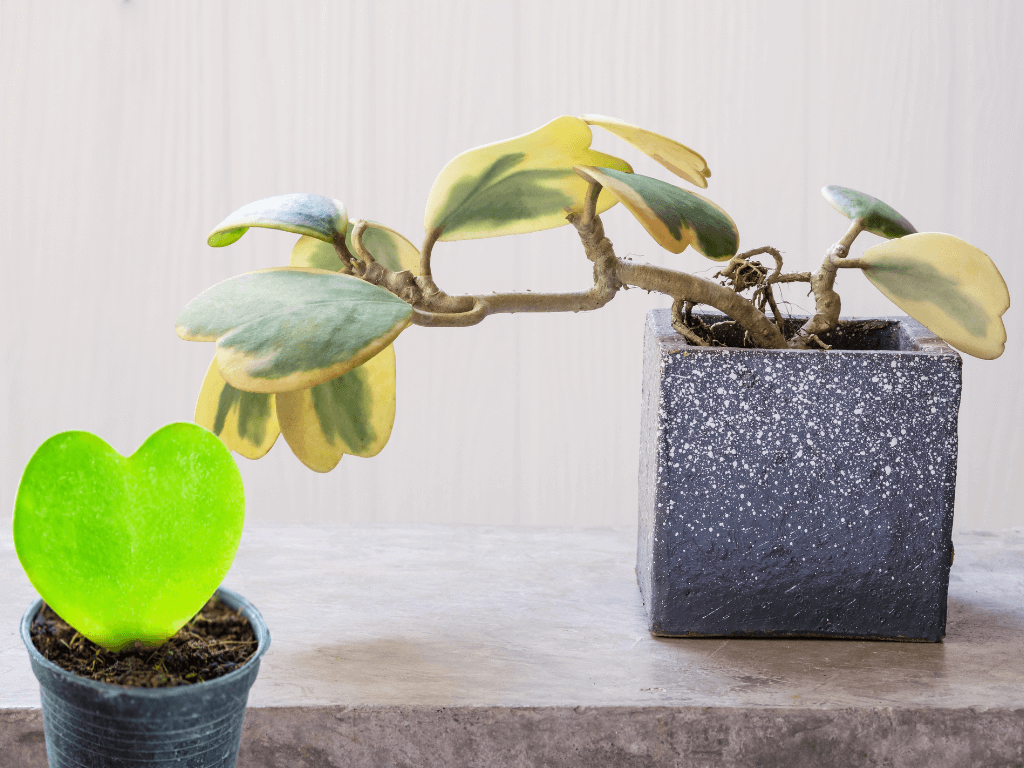Warning: count(): Parameter must be an array or an object that implements Countable in /home/u394529849/domains/gardeningideasandmore.com/public_html/wp-content/themes/twentytwentyone/template-parts/content/content-single.php on line 26
Hoyas-New age of flowering plants!!
Hoyas-New age of flowering plants!!
Every visit to the local nursery seems boring because there are barely any new flowering plants there. Plant parents of India want something new. Something fragrant, something attractive. That’s when hoyas enter.
These waxy flowers are an all-time charm even when they’re not blooming. They’re not an imported species—well, not entirely—but are native to Asian countries like India, Vietnam, Thailand, and Malaysia.
Natural Habitat:
Eventually, these plants require a kind of environment like any Asian country, High humidity, shady light, and more water. It is necessary to understand their natural environment to imitate it in our homes for their best growth.
Hoyas are a genus of Apocynaceae. There are more than 500 varieties of these plants.
What’s so special about these plants are the peculiar leaves and flowers that are fragrant, oh I cannot stop emphasizing their beauty.
These are epiphytic plants growing on tree branches in a commensalism (where one benefits while the other is not affected) relationship with trees. Hoyas take up nutrients from the surrounding air and bark without affecting the tree.
So let’s dive into how we can grow hoyas at our homes:
Light:
Hoyas naturally grow under the shade of plants. And are adapted to indirect bright light. Light requirements can be easily understood by their leaves.
Broader and thicker leaves can withstand full sunlight to some extent, whereas thinner and darker leaves flourish in shady areas.
Direct sunlight often burns the leaves therefore in south-facing windows they can be grown under the shade of some plants or a thin curtain.
Hoyas grow well in north, east-facing windows, where light is indirect and of lesser intensity.
So people who have a hard time growing hibiscus or roses at their homes should try growing hoyas.
- Temperature:
Hoyas are not a fan of extremely low temperatures (<10C), they love humidity and high temperatures (<35C).
Again one should keep in mind they can tolerate high temperatures but not full light.
-
Soil mix:
Being epiphytes, the best substrate would be a soilless mix that doesn’t keep roots sogging in water but keeps them moist consistently.
While the mix can also depend on how much light and water the plant is receiving, an ideal mix should be,
Equal parts of peat/ leaf mould, perlite and cocochips and some vermicompost or kitchen compost along with a spray of fungicide. Cocopeat is not recommended as its water-retaining capacity is much more than cocochips. Plus hoya’s like to grow in a chunky mix.
One can substitute these substrates with the following:
Such as,
Cocohips- pine bark
Perlite- broken diya or terracotta pieces/ red brick pieces/ lea
Peat- leaf mould/ moss
The key is to keep the substrate well-draining and moist all the time!
This brings us to our next point.
-
Water:
Just as much as hoyas love staying moist they hate staying wet for a longer duration. Therefore, root rot.
That’s the number one cause of root rots in hoyas.
Most people recommend giving hoyas a dry spell in between however that is one of the biggest misconceptions.
Hoyas love to be pampered regularly but the dry spell should not be for more than a week depending upon the temperature. A longer dry spell can dry out the roots quickly.
-
Fertilizer:
Hoyas need a diluted but consistent amount of nutrients.
Using vermicompost or diluted NPK 19:19:19 twice a month should work.
For blooming seasons, a bit higher dose of phosphorus fertilizer is recommended.
Some users even mention receiving great results from orchid fertilizer.
So far I’ve killed numerous hoyas and the pain and experience I got them is something I would like to talk about.
Troubleshooting:
-
Root rot:
As said before, over-watering, and underwatering all can cause root rot.
Hoyas can be a little annoying and dramatic sometimes.
So one has to keep in mind their behavior when under-watered and over-watered.
Root rot also happens due to fungal or insecticidal attacks. In such a situation, use fungicide diluted in water (1gm per litre water) and spray all over the leaves and soil.
-
Insect attack:
Aphids and mealybugs love sticking to hoyas.
Using rubbing alcohol/ isopropyl alcohol or neem oil reduces these nuisance beings.
Simply use a cotton bud and apply alcohol on the mealybugs and that should instantly melt their outer cover thus killing them.
Or spray neem oil (1ml in 1 liter water) over every nook and corner of leaves does the job too.
-
Blooms falling off:
During these situations, make sure your hoya is receiving proper light.
If the plant is growing in a low-lit space, move it to a place with better light.
-
Flowers not blooming:
It takes a few years for hoyas to mature and then bloom. Sometimes a tiny cutting can also bloom or sometimes it can take years. What you can do is, take care of it consistently and give fertilizer regularly.
Some users suggest giving it a dry spell; however, a dry spell in Indian climatic conditions should not last long.
-
No new shoot growing:
One of our favourites Hoya kierii is pretty famous as the heart-leaved plant. Often sold in a small pot with a sunken leaf. It looks cute, it looks promising with its one single chunky shape. However, not many know that it is a single leaf. And yes leaves can also root. But they won’t shoot up any stems or show any further growth. Although if one is lucky they can find a node through which a new stem can grow. One can surely buy a bigger size of this plant for it to grow and bloom.
Hoyas can be that beautiful kid who’s also notorious, however, once it blooms all the love and care you give comes to significance.
These are some of the easy-growing hanging plants whose blooms smell as per the species, some find them to be fruity while others find them chocolaty.
They’re all pretty easy to care for and can be forgiving at times.
